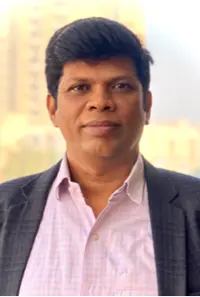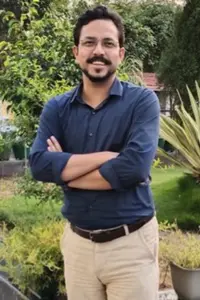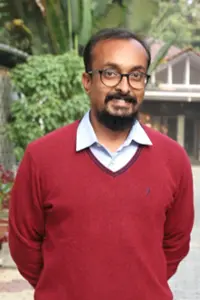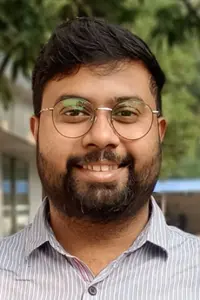DiSTO India
The digitally disconnected are often also the most marginalized communities, who have been excluded from reaping the benefits of digitalization.
Amitabh Behar, Oxfam India
Country context
- Only 57.1% of the male population and 33.3% of the female population in India reported ever using the internet, indicating a gender gap in internet usage (Source: National Family Health Survey, 2019-21)
- The National Education Policy (NEP) 2020, inter alia, highlights digital literacy, coding and computational thinking in the suggested curricula; according to India's Ministry of Education. The government also issued the Pragyata Guidelines on Digital Education in July 2020, "to solve for India’s scale, diversity, complexity and device penetration" when thinking about digital infrastructure (Source: Gov.in, 2021).
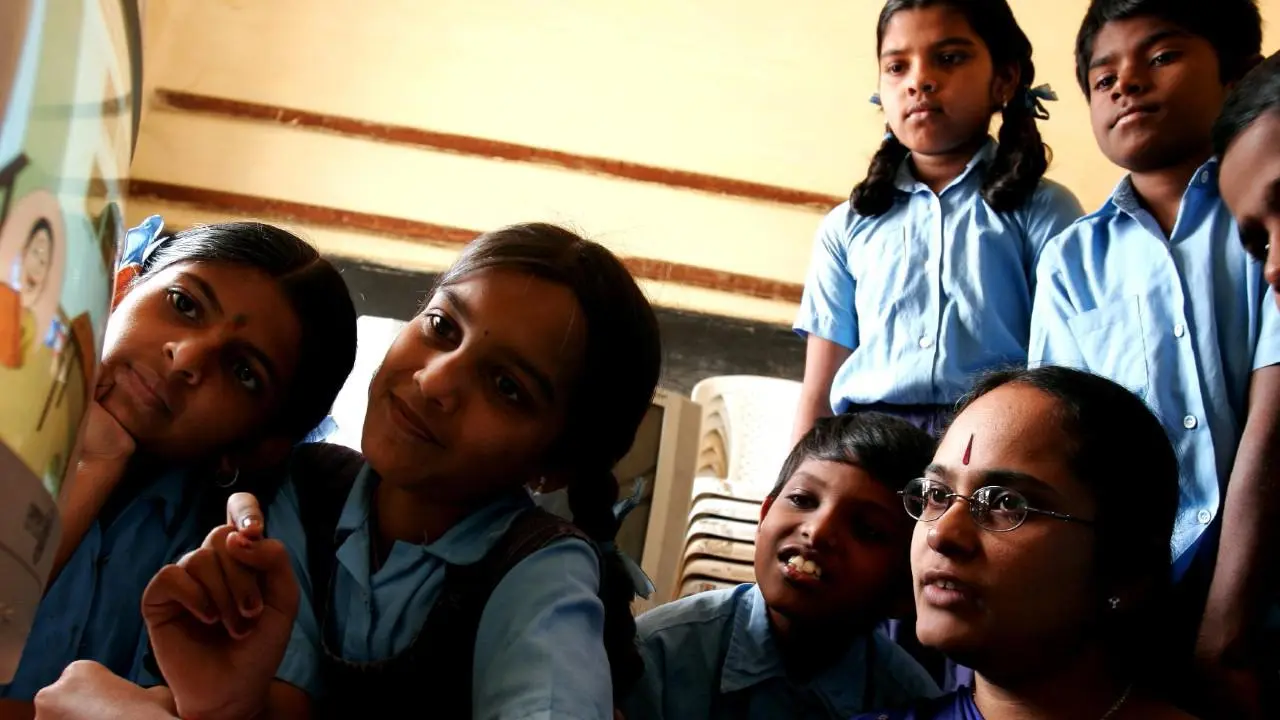
Photo by USAID
- Developing digital skills and creating digital talent are important to ensure that citizens have opportunities to reap the benefits of the growing digital economy of India’s workforce. The Digital India Programme and the National Digital Literacy Mission are key initiatives to drive this
- There is a plethora of third-sector and commercial organisations thinking about measurement and interventions to understand and tackle digital inequalities. Examples include: Digital India Corporation, Centre for Digital Financial Inclusion, DEF India, Internet and Mobile Association of India, amongst others
- India ranks 61 out of 193 nations in the UN’s e-participation index (2022); a composite measure of three important dimensions of e-government, namely the provision of online services, telecommunication connectivity and human capacity
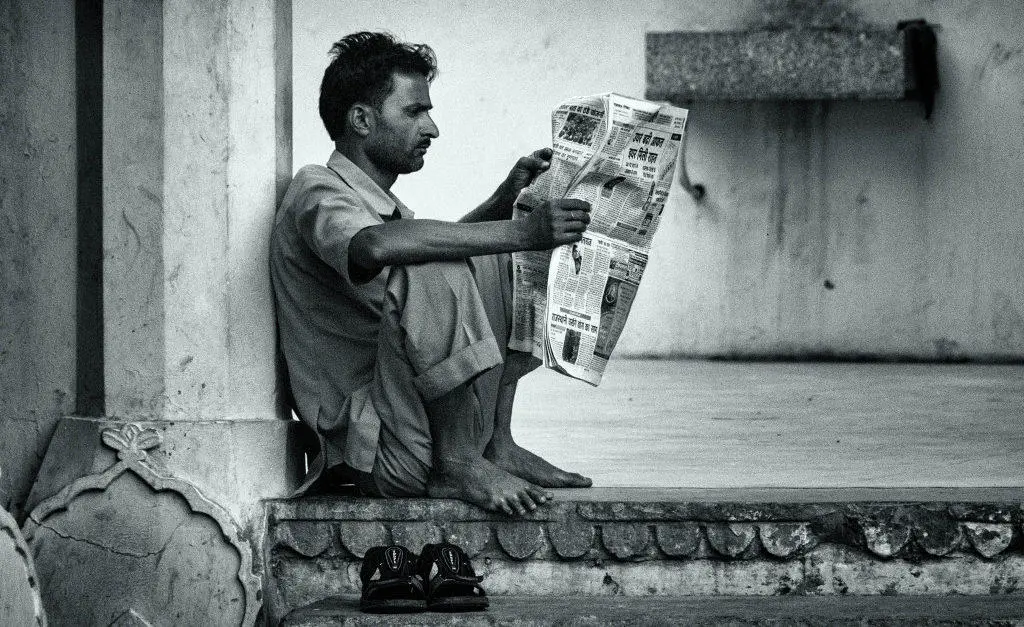
Photo by Bo Nielsen, CC BY-NC-ND 2.0
- Based on data from the National Sample Survey Office (NSSO), only 4.4% of rural households own computers, out of which only 14% have a computer with an internet connection
- There is a clear divide between urban and rural households: 42% of urban households reported having a computer with an internet connection, compared with 14.9% of rural households (Government of India)
Research Activities
- To mark the beginning of DiSTO India, a 2-day symposium in New Delhi discussed the extent and challenges of India's digital divide, as well as strategies to bridge this gap. Among the invitees were esteemed academics, policymakers and stakeholders representing the public, private and non-profit sectors in India. The symposium was organised by the Policy and Development Advisory Group (PDAG) in collaboration with the London School of Economics and Political Science (LSE) and the Indira Gandhi National Open University (IGNOU)
- DiSTO India also took part in a 2-day workshop for early career researchers. The workshop identified the challenges and skills needed in researching digital inequalities in India
- Funding applications for mapping of digital inequalities and representative surveys of internet users in India
